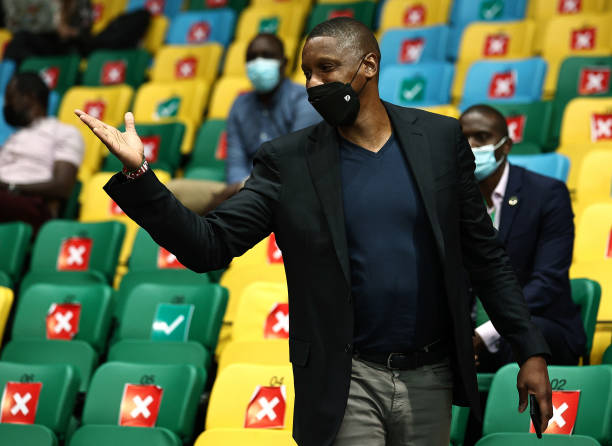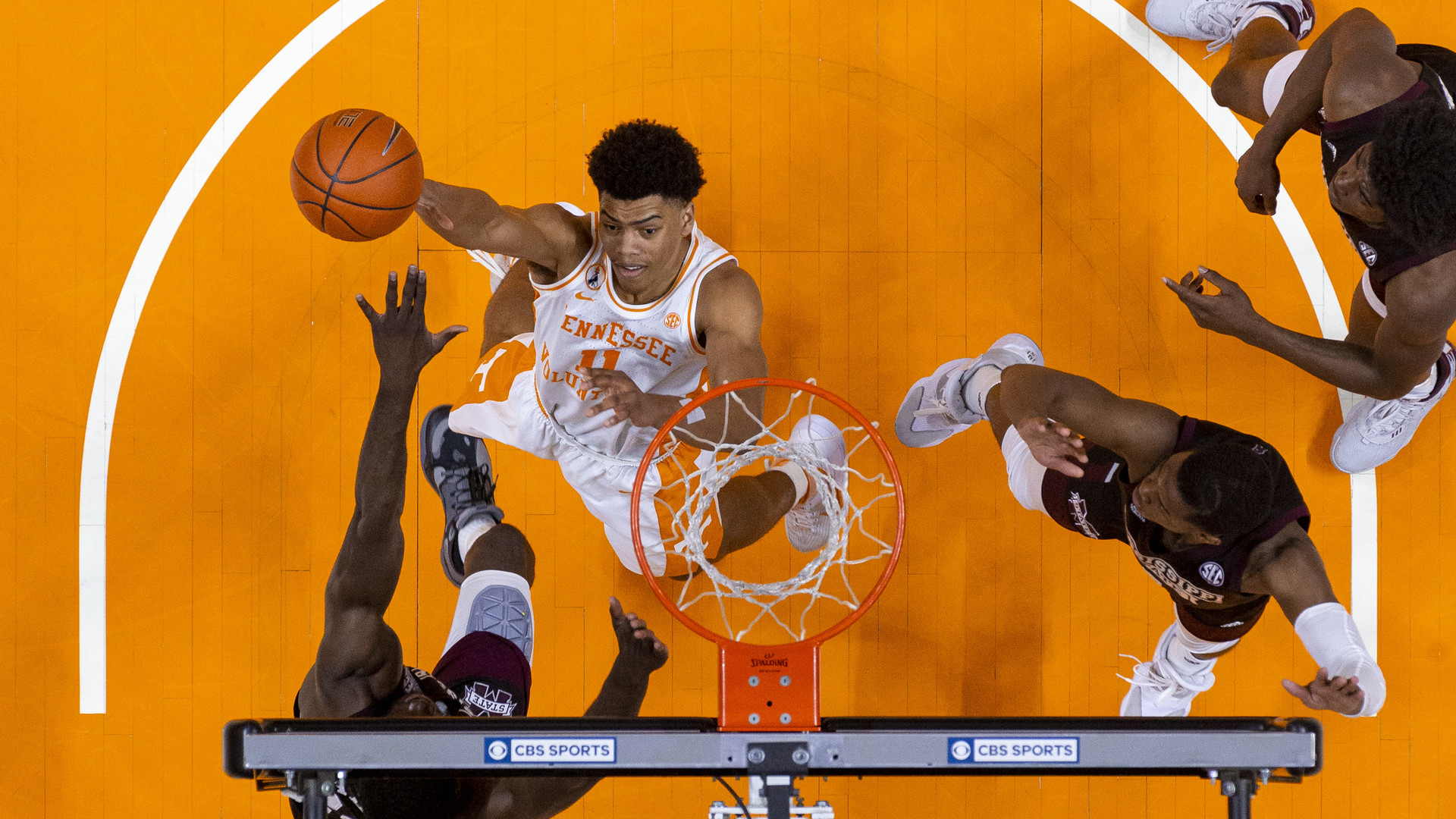https://www.youtube.com/watch?v=q4RS6UnTISI
Almost poetic that Kawhi goes down 2-0 in the Mavericks series exactly two years after he dunke-… you know what nvm
— Sahal Abdi (@sahaIabdi) May 26, 2021
Staying in Toronto and running it back or joining LeBron/AD.
Kawhi: “Nah, I want Playoff P” pic.twitter.com/awbvUgKgxr
— Ry (@JustRyCole) May 26, 2021
Since Kawhi apparently carried the Raptors why can't he do the same with the Clippers?? pic.twitter.com/YeRJWSf00i
— NoBricks (@NoBricksPod) May 26, 2021
Raptors 2021 NBA Draft board 1.0: An early look at Evan Mobley and the lottery tiers – The Athletic
Tier 2
2. Evan Mobley
7-foot | 19 years old | Freshman | USC
Versatile/switching big
Vecenie Rank: 3The second tier generally runs Nos. 2-through-4, with some blurring at the back end of the tier by some rankers. What’s not really in question is that Mobley is the prize of the class when it comes to bigs. He’s a so-called modern five who can guard pretty much any way you’d ask your centre to, which is great given how versatile the Raptors like to be defensively. The rim protection, range and feel are all at a really high level defensively. There’s some concern about his size and ability to guard the five full-time right away, but it’s not as if the Raptors don’t have experience working around that, and it figures to be a nearer-term concern. Where Mobley becomes particularly intriguing is his comfort level handling and passing. It’s no secret the Raptors would love to get more dynamism back at the position through dribble hand-offs and greater roll threats.
Should the Raptors trade one of their draft picks? What could they get in return? – The Athletic
The Raptors operated as a team trying to improve and then solidify their lottery position in the second half of this season. The thinking was: they have a good, young-ish core locked up with only one season of cap flexibility in that contention window (if they use it at all). As good as the team is at talent identification and development, there are obvious benefits to trying to develop a lottery talent instead of one lower in the draft. That’s not to say OG Anunoby or Pascal Siakam wouldn’t be lottery picks in a re-draft scenario, but an earlier pick offers more options and, generally, more dynamic skill sets to build from. Don’t work yourself up over the Raptors’ non-lottery roster-building success; elite prospects would still be very valuable, perhaps even more exciting given the organization’s developmental chops.
There is also, generally, a good salary-cap reason to value first-round picks. Over the last five seasons, players on rookie-scale contracts have contributed an estimated 800 wins above replacement level, using FiveThirtyEight’s RAPTOR metric. (Normally, I’d blend multiple value metrics, but we’re just trying to illustrate here.) First-round picks are paid based on a set scale for their first four seasons, then become restricted free agents. A first-round pick, then, offers cost certainty and a lot of team control. Obviously, you can turn out a big surplus value hitting on an undrafted player like VanVleet, who made the minimum for two years and had his second contract depressed by his second-year RFA status before earning his fair market value as a UFA. First-round picks carry some downside given that the first two seasons are fully guaranteed and the third- and fourth-year option decisions must be made early, but the value is unquestionable.
Those 800 wins came at a total salary of $1.96 billion, or about $2.45 million per win over replacement level. The average win cost about $3.55 million this past season, up from about $2.84 million in 2016-17 at the start of the sample. That works out to an average surplus value of about $927,000 per rookie-scale season.
So there’s a real roster-building case to be made for hanging on to a lottery pick. If you hit on that pick, you’re likely to get more value for less money than you could through other avenues. For a team with three core pieces locked up to long-term deals, two key free agents and little desire to be in the lottery longer-term, a high-performing lottery pick is one of the best ways possible to raise the core’s ceiling without requiring major trades or some dynamic moves deep into the luxury tax. Even if rookies don’t impact winning in a massive way out of the gate, hitting on cost-controlled players is one of the best cap management tools a front office has available to them.
The counterargument would be that a lottery pick, especially if it’s not at the very top of the draft, doesn’t fit the current core’s timeline. Through that lens, maybe it makes sense to use it as a trade chip — it can help return a more win-now player while also removing a sizable cap hold from the team’s books as they look to maximize cap space this summer.




